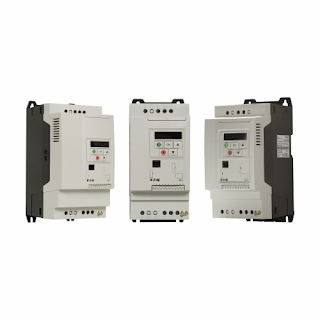Solar Air Heating - The Most Cost-Effective Way to Heat
We live in a world that is constantly
developing, expanding, and improving; we, as humans, are doing a lot at this
moment. Which is why we require a lot of resources to power our activities, but
underground resources
are constantly growing thinner and thinner, so what's the solution? The obvious
answer is renewable energy - tapping into the renewable resources our planet
has to offer, such as solar energy, wind, tides, geothermal,
etc.
From a point of view, all the life on our planet gets energy from the Sun -
the plants and plankton at the base of every ecosystem
support all life forms; but it's high time we do more than that. People are
already starting to use solar energy for electricity, which is an extremely
laudable thing, but we can do even more. How would you feel about heating your
house? Solar air heating is something so basic that most people won't even
think about it, even though it's the most cost-effective of all solar technologies.
Yes, you can in fact use this energy to heat your home, although not
totally. Solar
air heaters can only work as a complement to conventional
heating - but what a compliment they are! Using an absorbing
medium, energy, and heat from the Sun are captured and
used to heat air, which is then reinserted into the building; this works when
the Sun is shining, which makes it perfect for those bright yet cold places.
The system also works for industrial
spaces or even chicken coops.
The mechanism is also extremely simple - so simple you can do it yourself, at home, and although it won't have quite the same efficiency as the one you would buy, it will cost just a small fraction of it. There are two types of solar air heaters: glazed and unglazed. Unglazed ones consist of a metal absorber without any glass or glazing over top. The system is extremely simple: they heat the outside air, instead of recirculated building air; they also act as a rain screen and they also capture heat loss escaping from the building envelope which is collected in the collector air cavity and drawn back into the ventilation system.
Then,
on the other hand, glazed solar air heaters function in a similar manner,
except they heat recirculate
conditioned building air through solar thermal collectors. Currently, in
countries such as Germany or Japan, this type of complementary
heating is almost a must-have on new buildings, and for good reason - it offers
significant heat,
for minimum energy, reducing your energy bill and making your house much, much
greener.

Comments
Post a Comment